[ad_1]
Composting simply is not only for gardeners though they typically have loads of pure provides. Even for individuals who keep in an home, you’ll compost to cut down on waste that goes to the landfill and instead produce a cloth that returns nutritional vitamins to vegetation, collectively together with your houseplants. Nonetheless, not all people has outdoor space for a compost bin. That’s the place bokashi composting is accessible in. This method is actually completely completely different from several types of composting. It is an anaerobic course of that ferments meals waste in an indoor kitchen composter and turns it into compost tea and pre-compost.
Be taught on to review regarding the bokashi course of, its benefits, and what you need to start.
What Is Bokashi Composting?
Bokashi is a Japanese phrase which means “fermented pure matter.” Developed inside the early Nineteen Eighties by Dr. Teuro Higa, a professor on the School of the Ryukyus, Okinawa, Japan, the tactic entails layering kitchen scraps (greens and fruits, along with meat and dairy scraps) with a bokashi inoculant in a selected bucket. Usually, the inoculant consists of each wheat germ, wheat bran, or sawdust blended with molasses and environment friendly microorganisms (EM). The bran/molasses perform the meals for the microorganisms, which might be the an identical pure microorganisms current in soil.
Get Started With Bokashi Composting
Assemble your private system or buy an entire bokashi composting package deal. Corporations that promote the kits typically promote replenishment merchandise, along with environment friendly microorganisms and bokashi bran. Listed under are steps for DIY bokashi composting:
- Chop meals waste into 1- to 2-inch gadgets. Must you add larger gadgets, they’re going to take longer to ferment.
- About as quickly as a day or every two days, add a small sprinkle of bokashi bran, about 1 tablespoon per inch of meals waste. Open the bin solely in order so as to add scraps, to not study on the state of the fermentation. Must you add fluffy scraps, press all of them the best way down to remove the air or put a plate or one different flat, heavy object on prime of the material to weigh all of it the best way down to limit oxygen publicity.
- As quickly because the bin is full, preserve it closed, and let it sit in a warmth place for not lower than two weeks. All through that time, drain the bokashi tea every few days. When the bokashi pre-compost is ready and fermented, you needn’t use it immediately. It might truly sit inside the bokashi bucket for longer. All through that time, the microbes will go dormant until you use it.
Bokashi Composting vs. Standard Composting
In distinction to traditional composting, which is an cardio course of that requires oxygen, bokashi is an anaerobic course of that requires that you simply simply isolate the provides from oxygen as quite a bit as doable. The recipe for standard composting is a mixture of inexperienced provides extreme in nitrogen, brown provides extreme in carbon, and air and water. The bokashi course of is a fermentation course of comparatively than an ordinary composting approach.
An infinite distinction between bokashi and traditional composting is that you simply’re a lot much less restricted in what you’ll compost. Any meals waste, along with dairy and meat, is truthful sport. Nonetheless, bokashi compost bins have extra room limitations than standard compost bins. Because of bokashi compost bins are sometimes small and used indoors, there is no room for yard waste, equal to grass clippings.
The Execs & Cons of Bokashi Composting
-
It lets you use dairy and meat scraps that are not built-in in several types of composting.
-
Bokashi composting requires a relatively small space.
-
The following product makes a extraordinarily nutritious pre-compost for burying in yard compost trenches.
-
The pre-compost ought to each be buried in yard trenches or added to an ordinary compost heap for added breakdown.
-
The strategy requires a selected airtight bucket or bin with the ability to empty off the liquid that is produced.
-
Every the bokashi tea and the pre-compost are extraordinarily acidic.
Troubleshooting Bokashi Composting Factors
- Insufficient or an extreme quantity of moisture: The fermentation course of contained within the composter requires a certain amount of moisture. If the content material materials is simply too dry, add adequate water to moisten it with out turning into soggy. Preserve together with moist devices typically. If the content material materials is simply too moist, drain the bin typically to remove additional liquid.
- Foul, putrid odor, and/or blue/inexperienced mildew: This draw back indicators that fermentation simply is not appropriately going down. Odor or mildew could very properly be introduced on by the seal not working so air acquired into the bin or by together with an extreme quantity of of 1 kind of meals waste. Confirm the seal, open the bin as typically as doable, and try so as to add a balanced combination of meals scraps.
- No fermentation: The fermentation course of slowed down from a shortage of bokashi bran or because of the temperature inside the bucket was too scorching or chilly. To ensure fermentation, protect the advisable temperature fluctuate for bokashi composting between 60°F and 80°F.
Strategies to Use Bokashi Compost
The tip product of bokashi composting is completely completely different from standard composting which is ready to be used inside the yard as is.
With a pH between 4.0 and 5.0 (and even lower counting on what went into the bin), every bokashi tea and pre-compost are pretty acidic. Bokashi tea cannot be used as a fertilizer on houseplants or yard vegetation instantly, it have to be diluted first at a payment of about 1:100. Add 1 tablespoon of bokashi tea to 6 ¼ cups of water. For acid-loving vegetation, equal to azaleas, use barely a lot much less diluted water of about 1:80.
Add the bokashi pre-compost to an ordinary compost pile, big planters, or yard soil. On account of its extreme acidity, distribute the pre-compost as evenly as doable to steer clear of it being concentrated in a single spot. It takes about two weeks for the bokashi pre-compost to be absorbed by the soil web, and a few week longer in chilly local weather. For those who want to use bokashi compost to your backyard, safely mix it with completely different compost sooner than spreading it.
FAQ
-
After about 10 days to 2 weeks, the content material materials of the bokashi bin develops a odor identical to pickles, which signifies that fermentation is occurring. The meals waste turns into softer and in addition you could detect some white mildew, which is nothing to worry about.
-
There are execs and cons for each approach, relying in your state of affairs. Must you don’t have any outdoor space nonetheless want to compost your meals scraps, a bokashi compost bin is one of the best ways to go. You most likely have a yard that produces loads of inexperienced and brown provides, an ordinary compost bin (which is simple to assemble your self) is far more smart. Ideally, do every. Use bokashi composting to your meals waste and traditional composting for the bulkier compostable yard waste.
-
As a principle, you should not add moldy or rotten meals to your bokashi composter because of it disrupts the steadiness of microbial train inside the bin. An apple with a bit spoilage obtained’t matter nonetheless steer clear of together with rotted or molding devices to the bin.
-
On account of its extreme acidity, it is typically not advisable in order so as to add pure bokashi compost to a worm bin (vermicomposting). Mixing it into yard soil, alternatively, is okay because of it is a lot much less concentrated and thus does not affect the worm train.
[ad_2]
Provide hyperlink
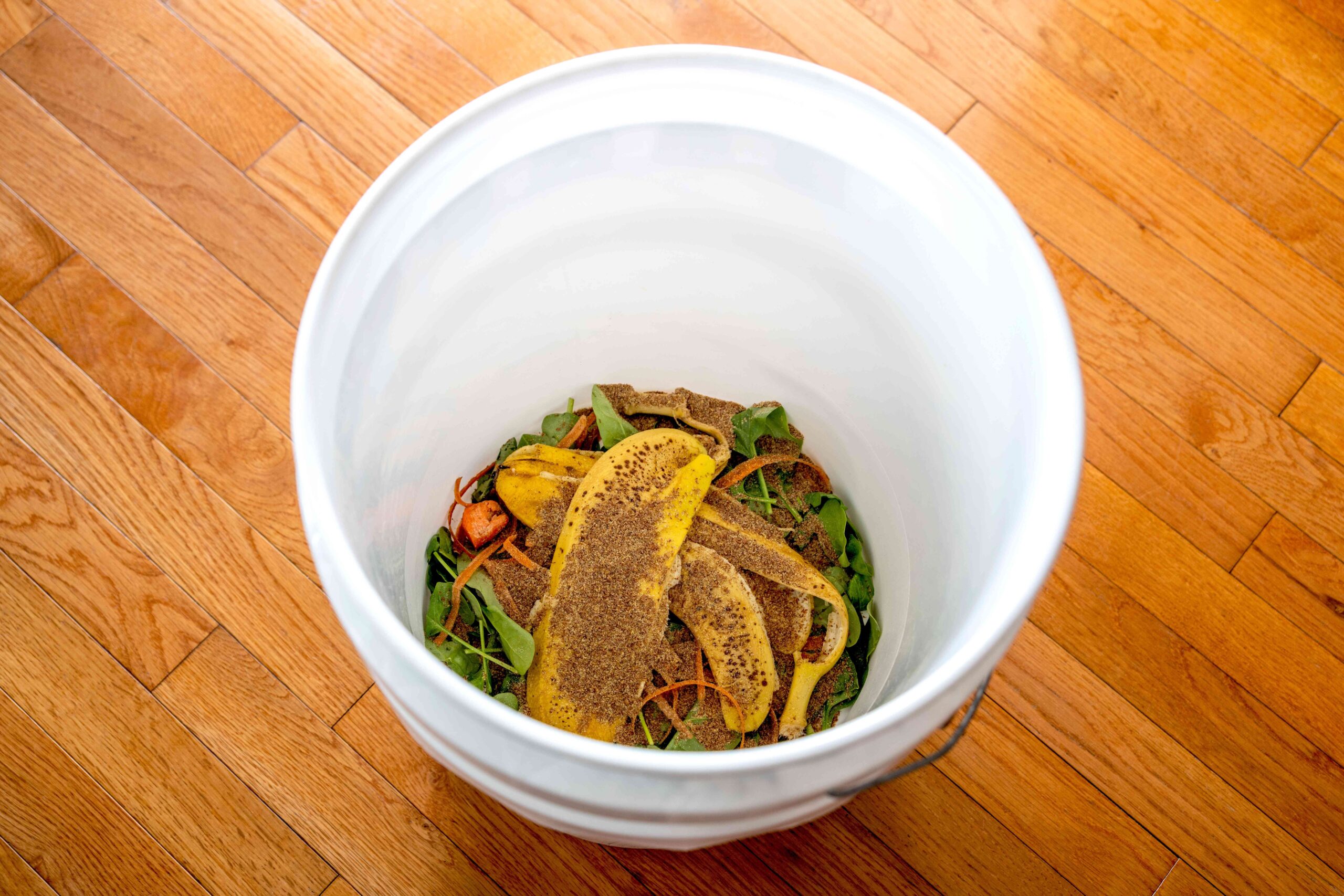
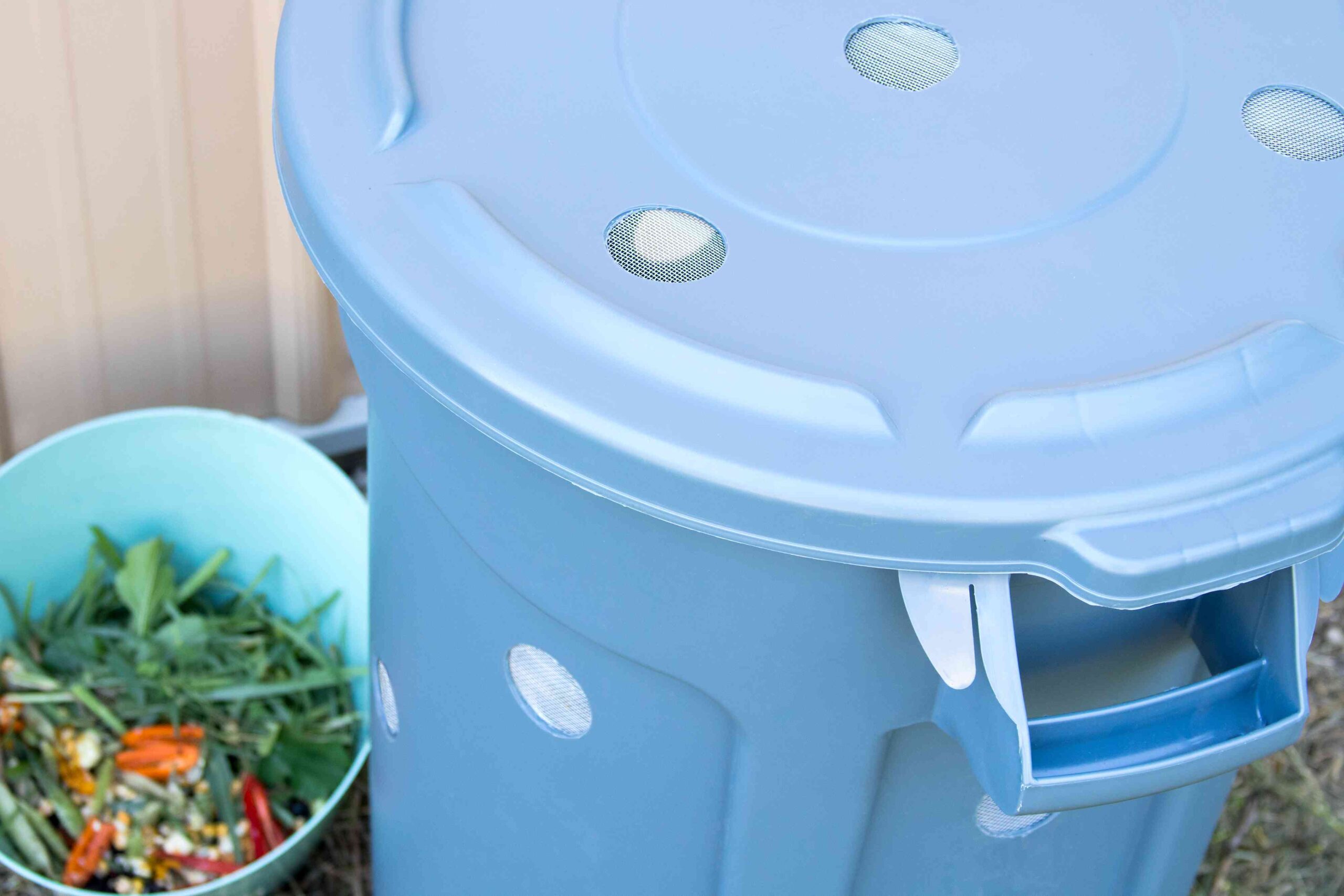
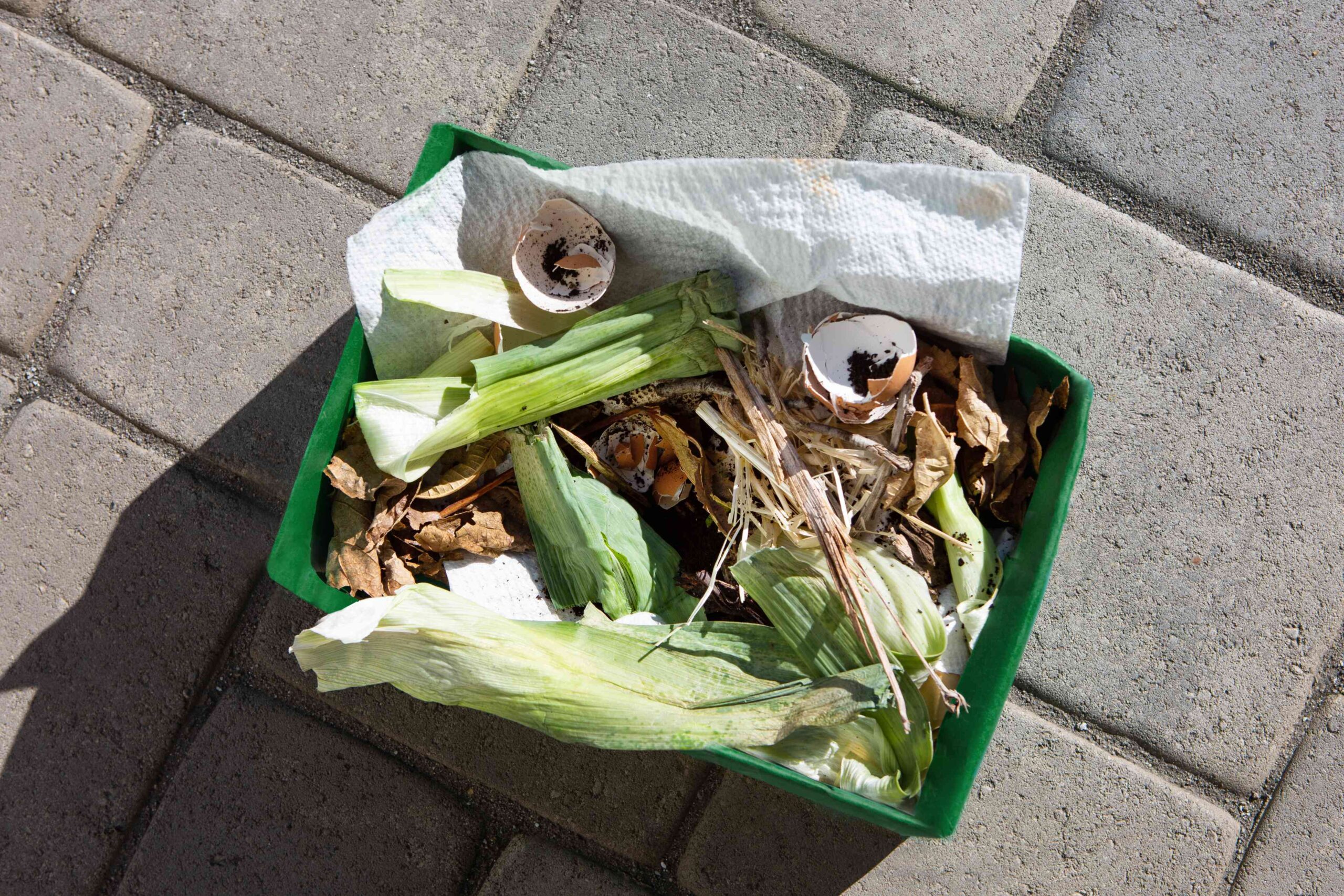
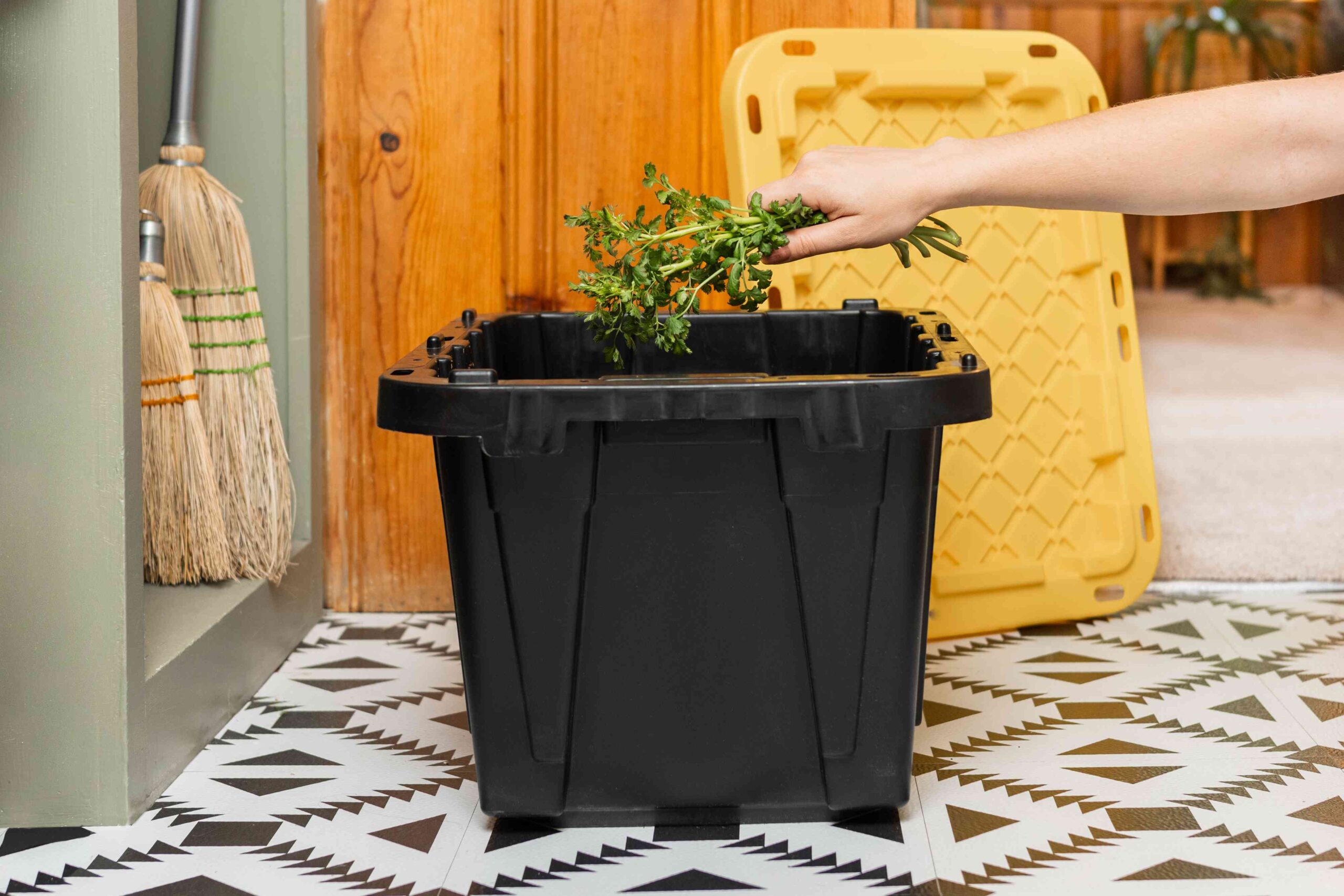
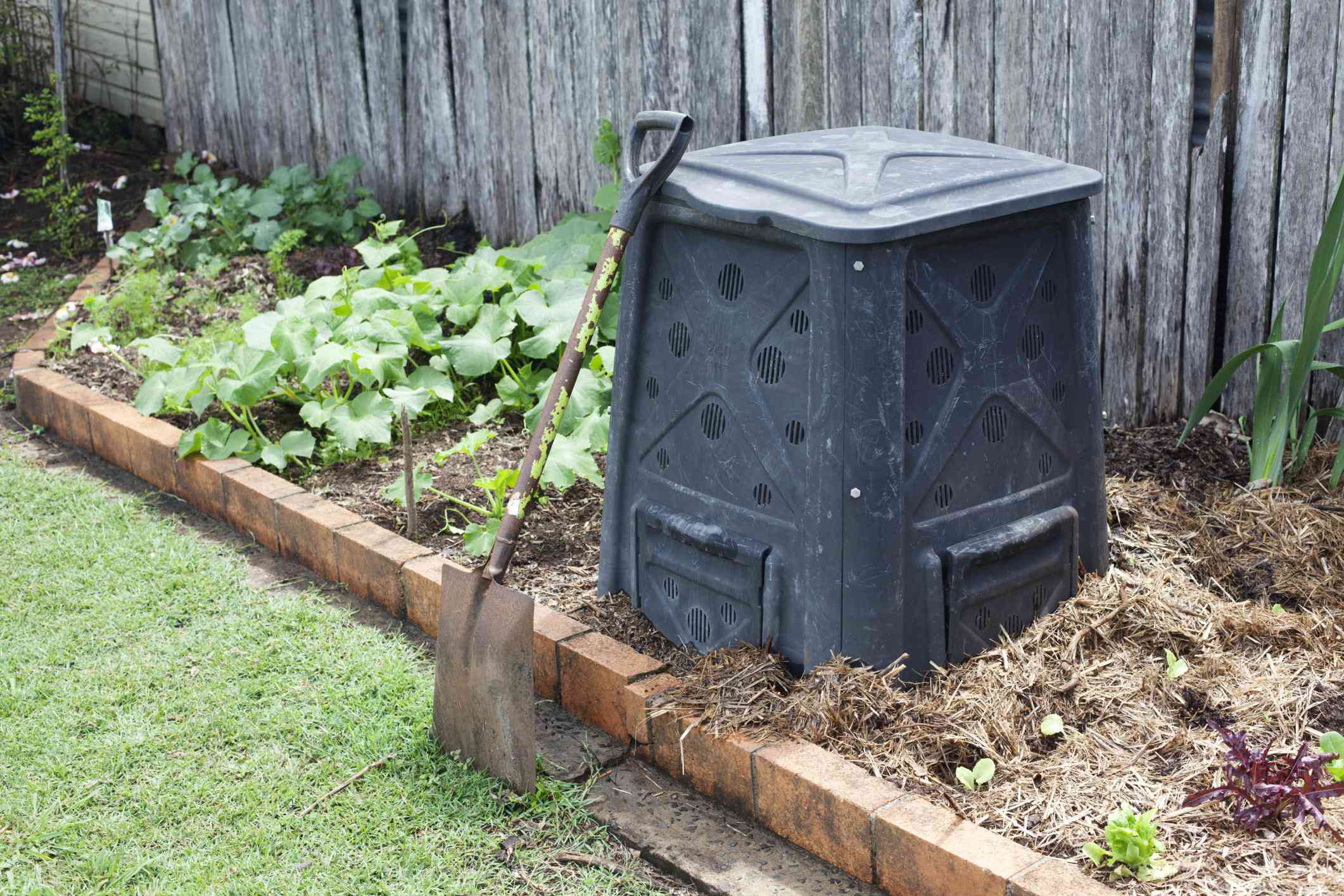
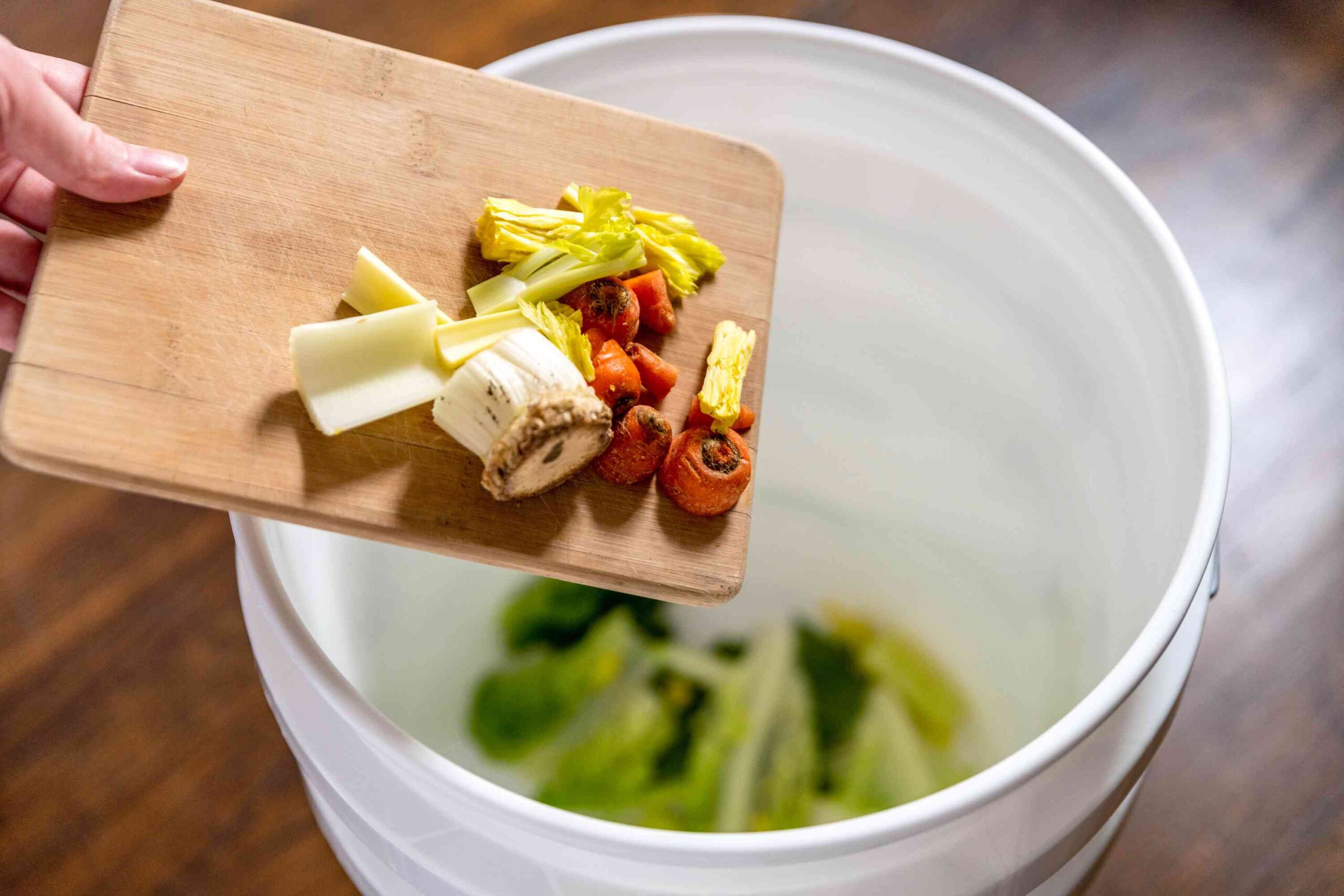
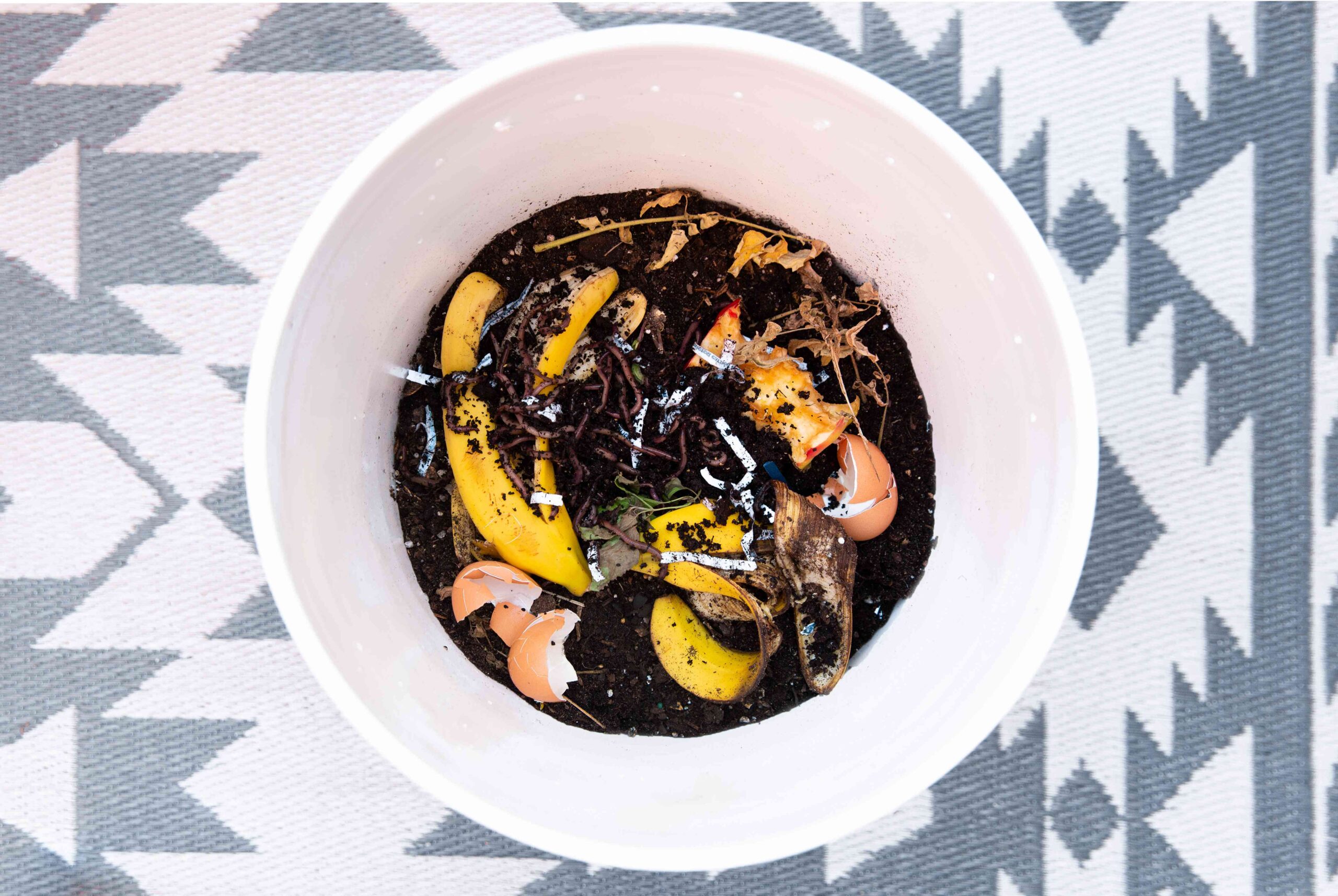
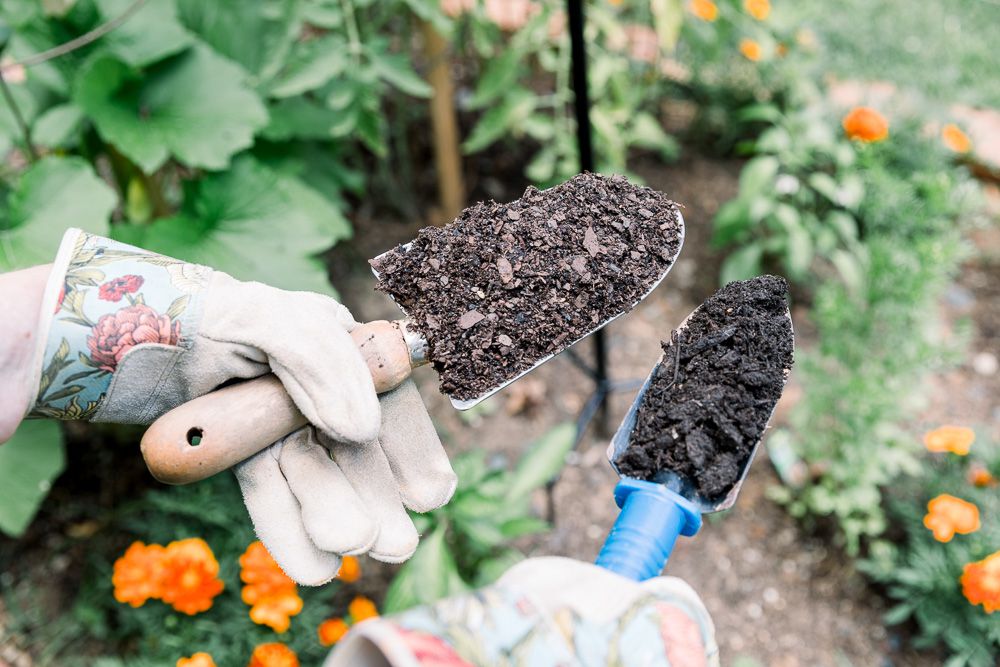
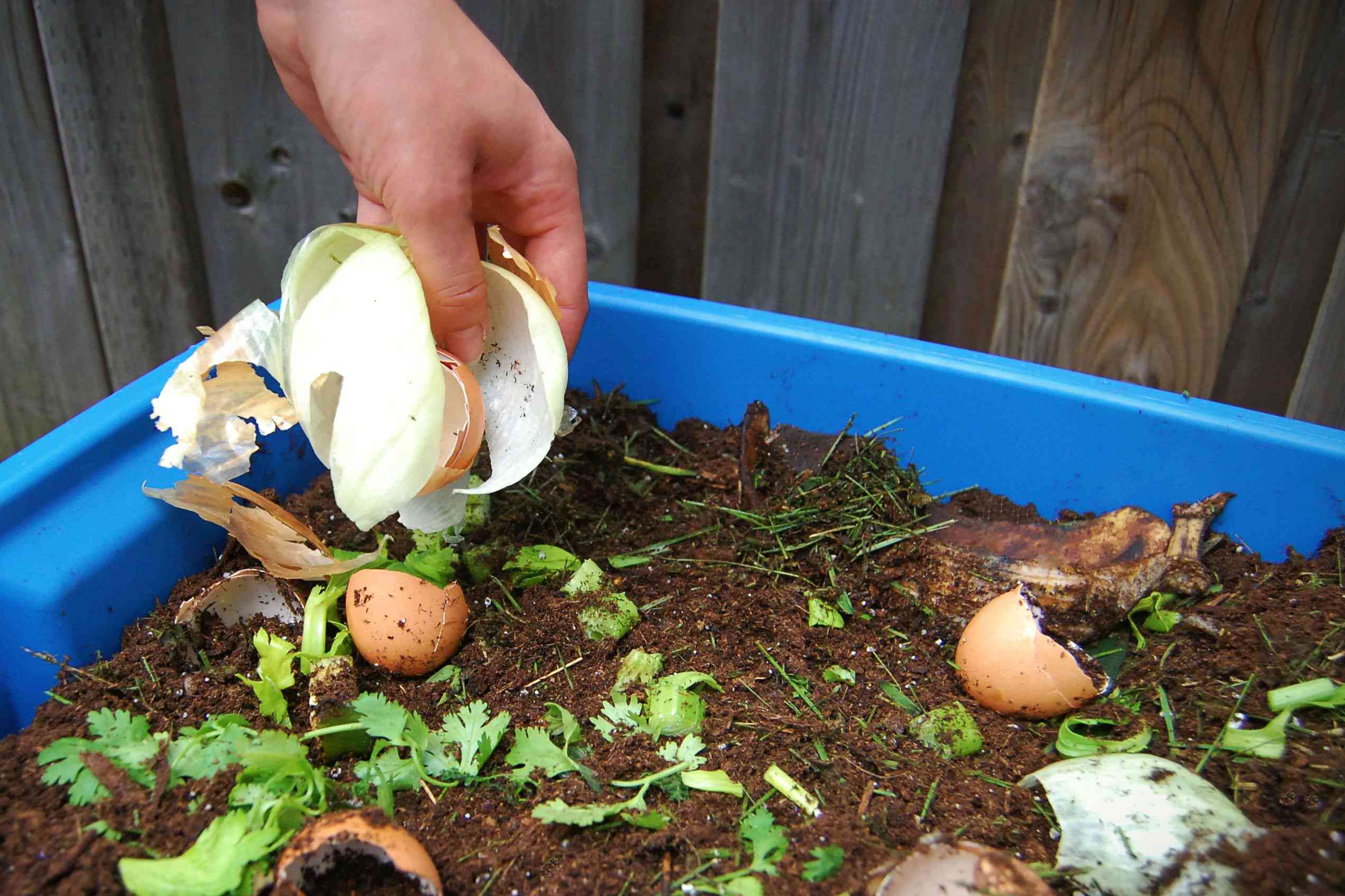
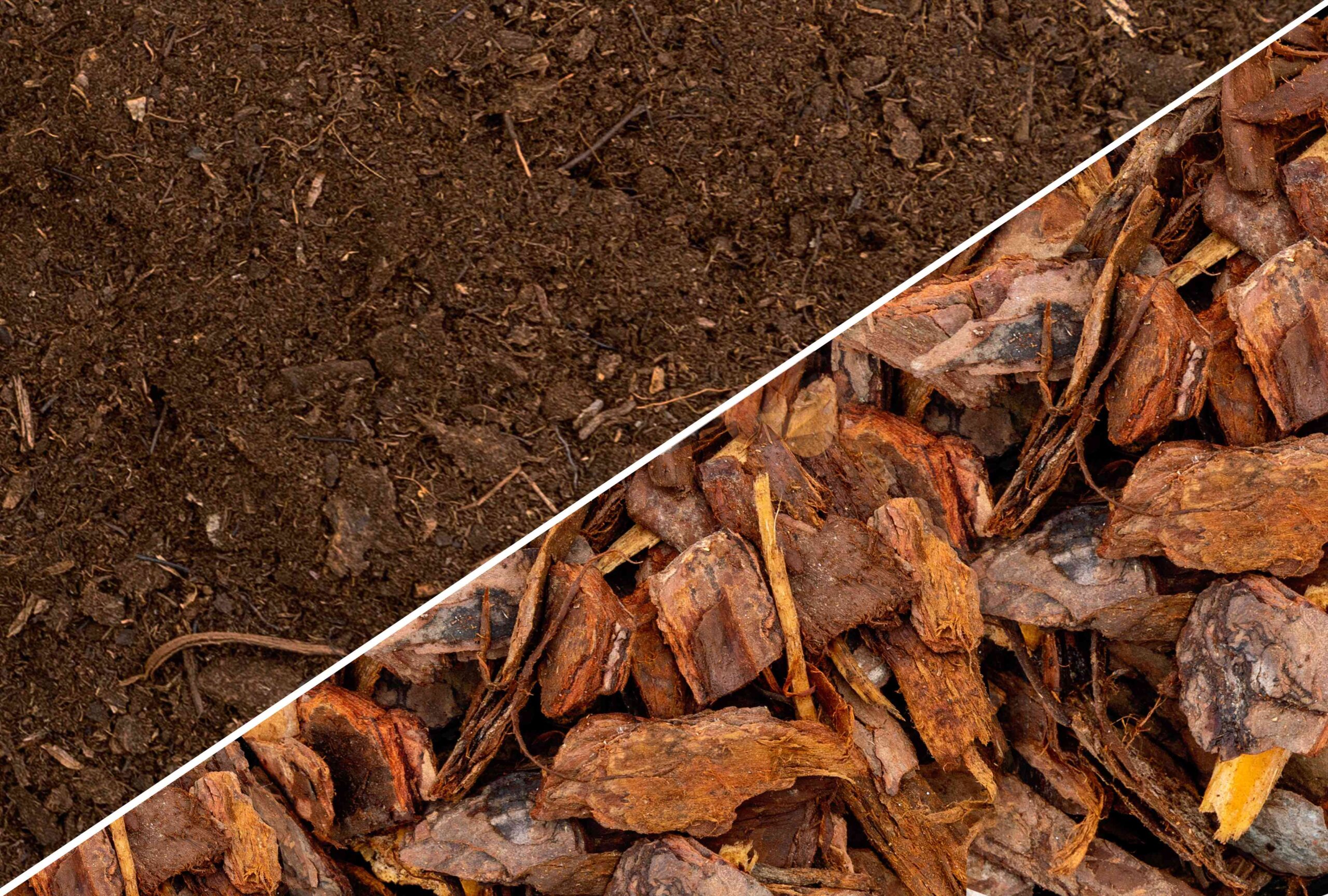
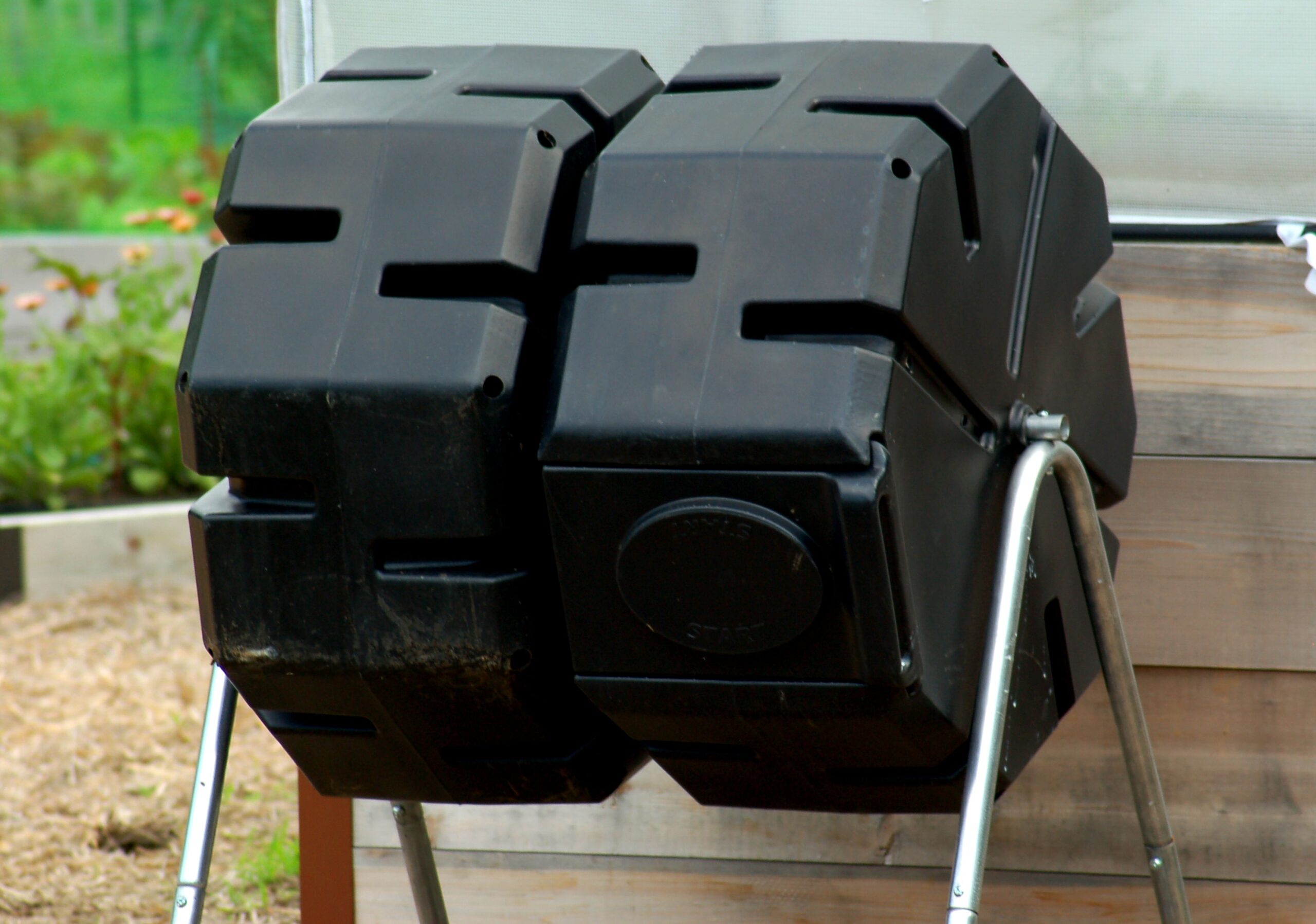
Leave a Reply